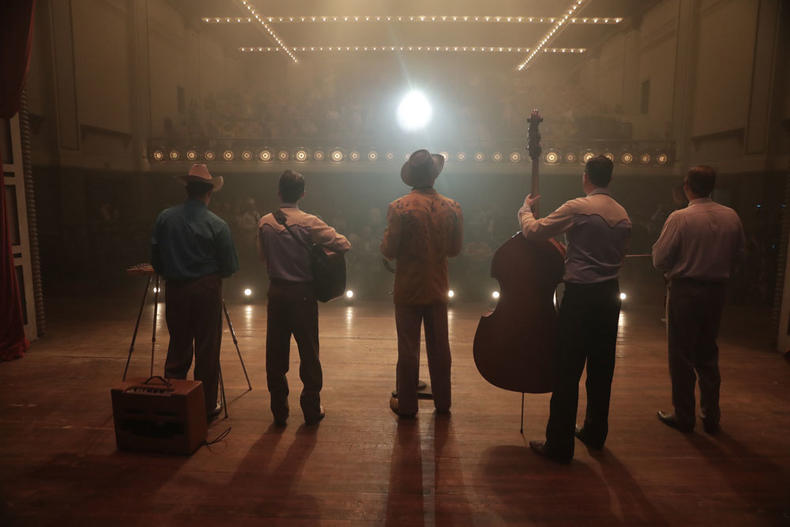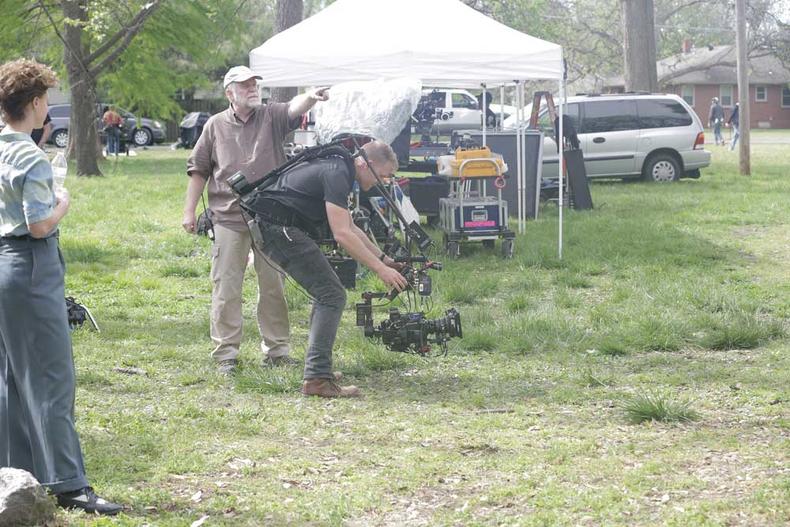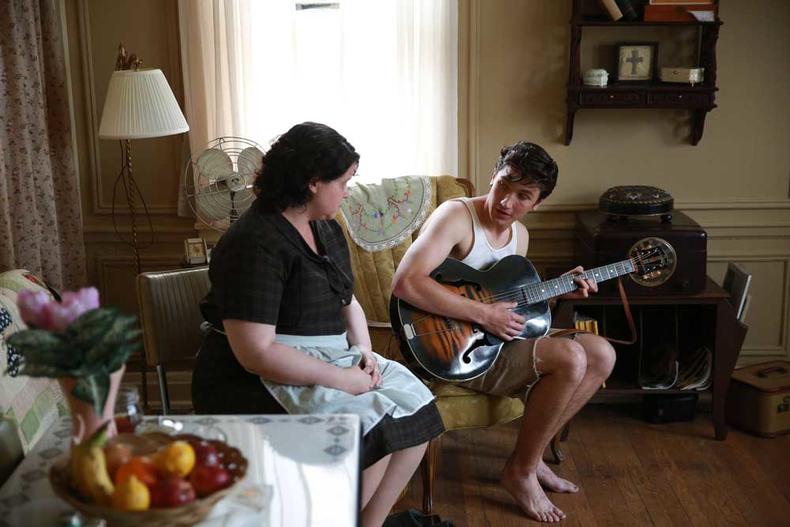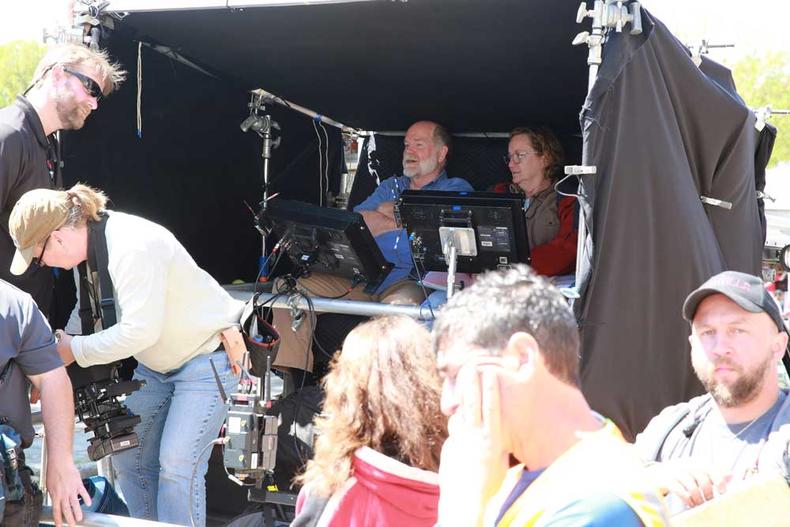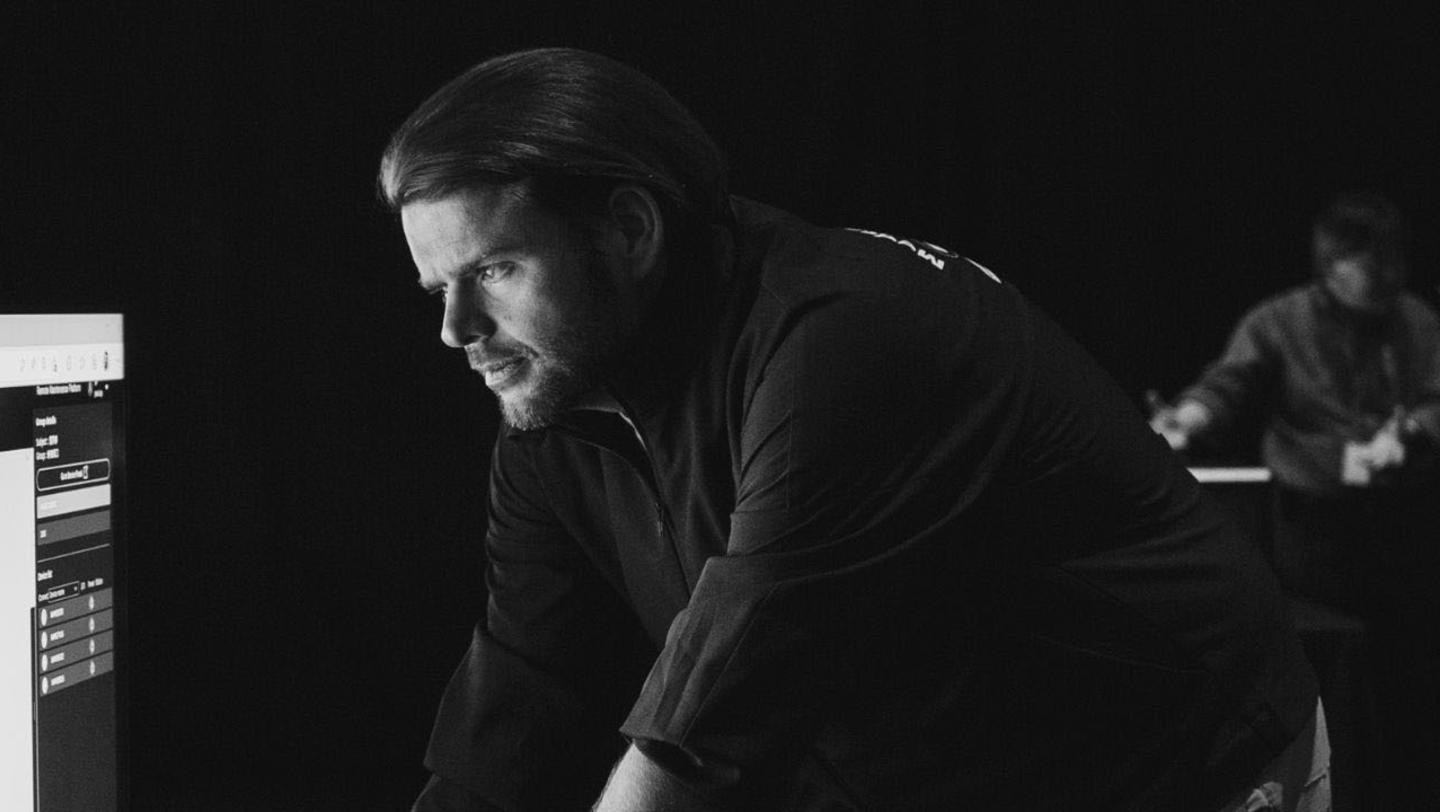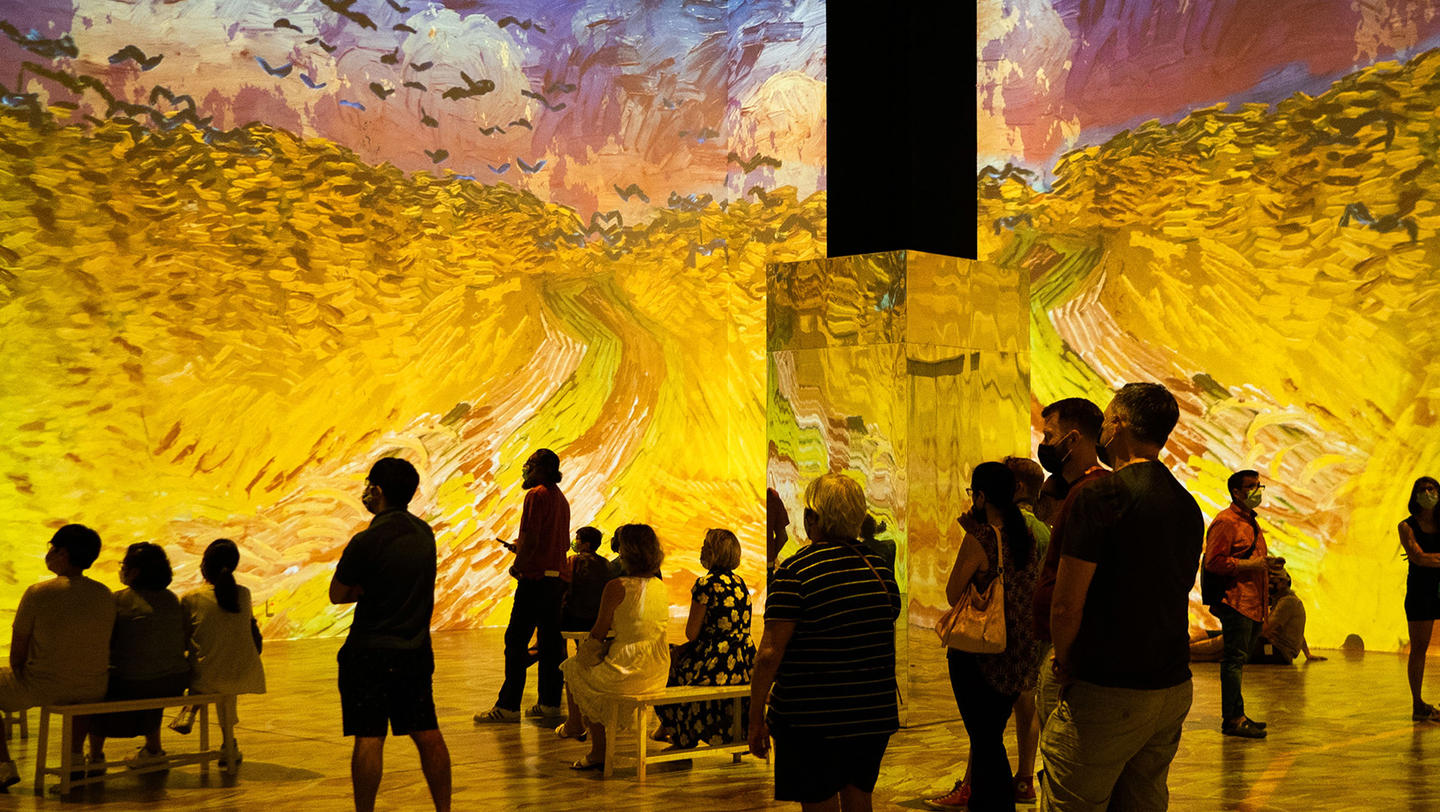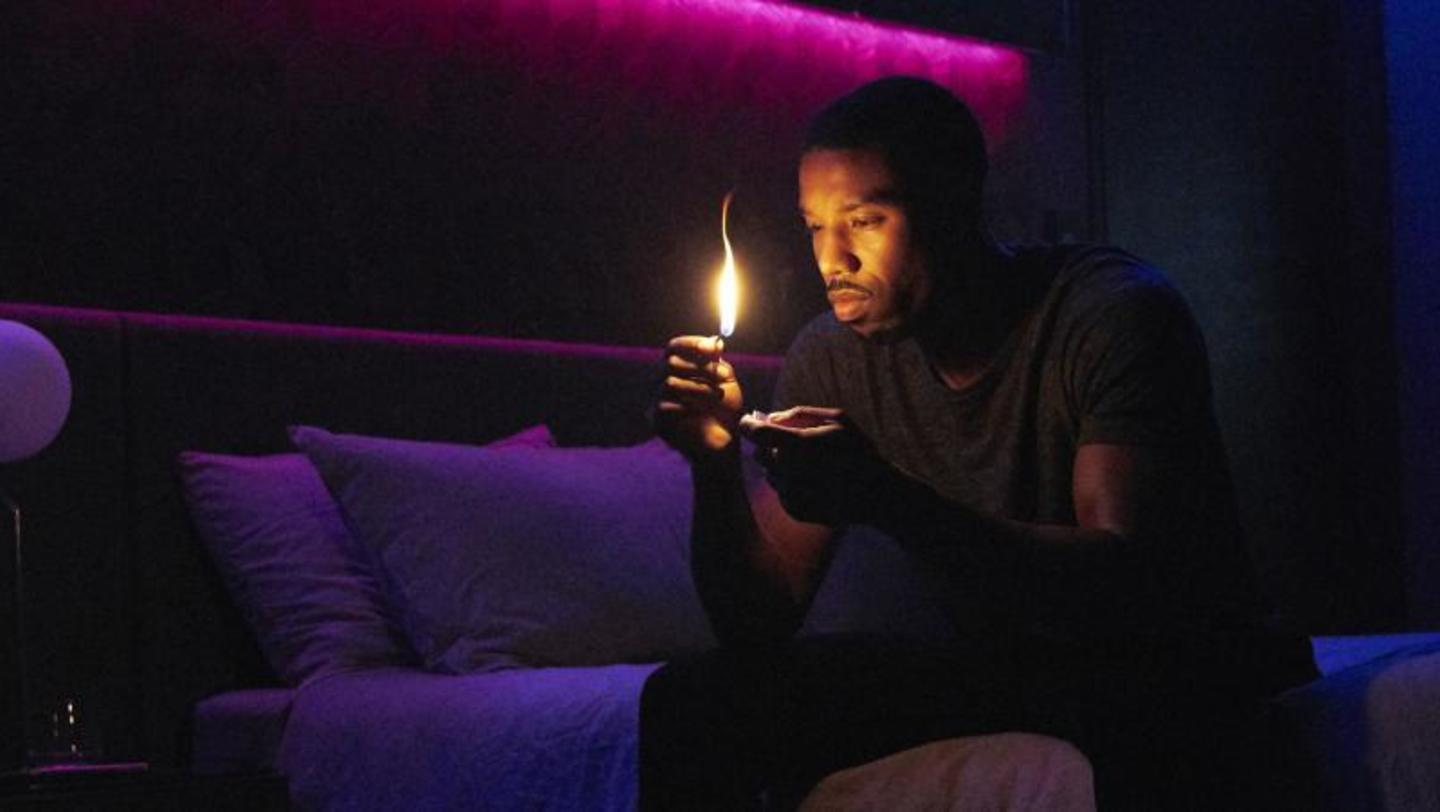DP William Wages, ASC helps capture the birth of rock 'n' roll for Sun Records

DP William Wages, ASC helps capture the birth of rock 'n' roll for Sun Records
5 minutesBased on the hit musical, Million Dollar Quartet, Sun Records tells the untold story of the birth of rock ‘n’ roll. The limited eight-episode series profiles the emergence of legendary musicians Johnny Cash, Elvis Presley, Carl Perkins and Jerry Lee Lewis during a time of political change and social unrest. Sun Records’ all-star cast includes Chad Michael Murray (Sun Records founder Sam Phillips), Billy Gardell (Colonel Tom Parker), Drake Milligan (Elvis Presley), Kevin Fonteyne (Johnny Cash), Keir O’Donnell (Dewey Phillips), Christian Lees (Jerry Lee Lewis), Kerry Holliday (Ike Turner), Dustin Ingram (Carl Perkins), and more.
The series was directed by Roland Joffé (The Killing Fields, The Mission) and shot by cinematographer William Wages, ASC (The Forgiven, Containment) with Panasonic VariCam LT 4K cinema cameras.
Sun Records was shot in Memphis, Tennessee with a local crew and for Wages, shooting the 1950s time period was his most difficult challenge. “In an odd way, the less distance you are from the period, the more difficult it is to shoot,” he explains. “Doing a civil war period is easy because everything modern needs to go away but for the ‘50s, we needed to be in the city. There would be a building that looks right for the time period but across the street is a modern building. It’s much more than just dealing with old cars and wardrobes. You have to pay attention every second you’re shooting.”
For the look of the show, Wages and Joffé did not watch old ‘50s movies, but instead studied old medium format photographs from the period. Wages felt a desaturated look was the most appropriate but he also wanted Sun Records to feel like a present day story, even though it takes place in the past. “We didn’t want to look at it through the fog of history,” reveals Wages. “When Sam Phillips was producing these records, it was cutting-edge stuff. Against a lot of pressure, he would record black artists one day, white artists the next, and then sometimes he would put them all together. At the time, nobody had heard music like this, which is really the heart of the show. We tried to give the look an immediacy that didn’t feel at arm’s length. We tried to put it in your face.”
Wages shot Sun Records with three VariCam LTs, rented from The Camera Division in Los Angeles. He captured UHD (3840x2160) AVC Intra 422 files in V-Log at 23.98-fps. Because he had previously shot the CW Network series, Containment, with the VariCam 35, Wages was very familiar with the VariCam system. He chose the VariCam LT because it contains the same sensor and imaging qualities as the VariCam 35 but he needed a smaller camera system due to increased Steadicam and handheld gimbal work. He also loves the VariCam’s dual native 800/5000 ISO for low light shooting.
According to Wages, lighting Sun Records would be challenging but because of his experience with VariCam, it was never difficult. “We did some 360s here and there but I’ll tell you, this camera makes it easier because you’re not dealing with such tremendous amounts of light,” he says.
If he wasn’t outdoors in the daytime, he was always shooting at native 5000 ISO. When shooting at 5000 ISO, Wages says he’s carrying ¼ of the amount of lighting gear, including working with smaller lights. “We had one 4K on that show and we used it one time just to say we used it,” jokes Wages. “In truth, the ARRI M18 (1.8K HMI) is as big a light I need. As far as traditional open-face HMIs, my principal light is the Jo-Leko 800. It’s basically a Source Four Leko with an 800 Joker back on it. That’s what I do 90% of my work with.”
Since he’s working with less light, Wages also likes to work with small LEDs (mainly Cineos), which he runs on batteries. “That way you can run somebody down the street at night and put a flashlight on a building and it takes 10 minutes as opposed to two hours,” he explains.
In terms of lenses, Wages shot with Fujinon 19-90m and 85-300mm Cabrio zoom lenses, which are lighter than most zooms. “What that also means is that you’re not changing lenses all the time,” says Wages, on the Cabrios. “It saves so much time and as the show evolves and we ended up shooting a lot on Steadicam, by the end of the day, this probably saves almost an hour and a half – maybe more. Instead of changing lenses, you reach down and zoom in a little bit. There are other lenses that can ride on a Steadicam but not at this focal length range. The 19-90 shot probably 80% of the show.
“I have a theory that goes against the grain,” continues Wages, “but I think that all modern lenses that by the time you go through color correction, you can’t tell the difference between any of them. That means the Cooke S4s, Master Primes, Fujinons – they all look the same. Nobody has made a bad lens in a long time. Now I don’t feel that way about legacy lenses – like Cooke Speed Panchros or Baltars – those do have a unique or specific feel that modern lenses can’t do. But in the last 25 years, all the lenses look the same. Before color correction, Cookes are a little warmer, Zeiss can be a little cooler but in the overall scheme of things, it doesn’t mean anything.”
Wages predominantly shot wide open at a T-2.9. “If we do a shot looking out a window and then pull back and see the person looking out, in the old days I would have to lift the lighting levels indoors to do that but now nine times out of ten, I can sneak a stop change in there and you can’t see it. I do the stop changes at the monitor because I don’t want the focus puller to worry about that. I don’t even look at the F-stop – I’m looking at the image and riding it.”
Since he wasn’t working with a D.I.T., Wages developed his own viewing LUT and according to the DP, his VariCam color workflow was unique. “We started with REC 709, opened up the shadows, brought down the highlights to use more of the capabilities of the camera and then desaturated a bit and created a look that I liked,” explains Wages. “I showed it to Roland and he liked it, so we sent that LUT and the footage we shot with it to Toronto and I let the lab duplicate that look using their system.”
Sun Records was posted at Deluxe in Toronto and Wages was only able to attend color grading sessions for one day. The colorist did the first show and then I sent her notes, which she applied,” says Wages. “When I finally went up, we established the look on the first one. All the shows weren’t cut yet but we scanned through them and I found scenes that I thought we should work on to establish the look.”
Because of his efficient workflow, the grading sessions went very smoothly. “And I just had one LUT,” reveals Wages. “To me, VariCam is like a film stock and if you start messing with too many LUTs, you can really get things confused. If I was going with a high-contrast sci-fi thing, I might not approach it this way. I’m very simple and straight forward as far as a look is concerned because I create everything through lighting. I feel like that’s my job.”
For more information on Sun Records, click through here.
